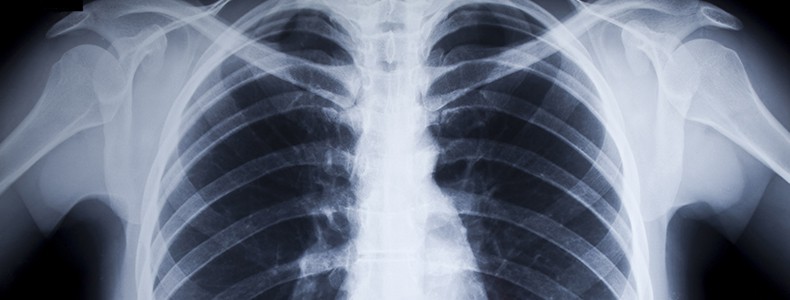Inside Angle
From 3M Health Information Systems
AI Talk: Radiology, obesity and birds
This week’s AI Talk…
AI powered solution for Radiology
An Israel-based company called Zebra-Med has rolled out its deep learning acute-insights triage solution, which has received CE certification in Europe (CE certification is similar to FDA approval for Europe). This software analyzes X-ray images from pneumothorax and CT scans for intracranial hemorrhage (or brain bleed) and updates the worklists for radiologists, alerting them to serious conditions they need to review. Both these conditions are serious and timely detection and treatment can save lives.
Weight loss helper app
Roughly 66 percent of people in U.S. are overweight or obese, declares the National Institutes of Health. This sobering fact and all the associated comorbid conditions that obesity entails implies most of us are always trying to lose weight. A recent blog in Futurity covers a randomized controlled study using a freely available weight-loss app. The study followed a small cohort of 105 participants, split three ways, for a period of three months. The group recorded food intake or weight or both daily, in addition to custom coaching and weight loss goals. All groups lost weight and the ones who monitored both food intake and weight kept it off after six months. The study may suffer from self-selection bias, meaning they managed to recruit motivated volunteers, however, the results are encouraging, particularly since the app is free!
AI to the rescue! For birds!
This week, Nature published an article on how AI is being used for environmental projects. Conservation biologist in Hawaii were worried about a couple of endangered birds which they noticed were colliding with power lines in high numbers. Task one was to study the magnitude of the problem. It turned out every time a bird collided with the line it made a unique noise, so they started collecting audio. Next they needed to figure out how many bird collisions there were. Not an easy problem to do manually, so they reached out to an AI machine learning team and voilà, they found out that thousands of collisions were taking place. Next was the fix. Different suggestions took shape: mark the wire with lasers, reduce the height of the lines, mark the wire with LED lights, etc. This is an end-to-end use case for AI. The article goes on to cover various ways in which environmental scientists can leverage AI.
Wikihow?
A recent article in Wired got my attention. It was talking about a website called wikihow. I admit, my immediate reaction was wikiwhat? But apparently this site ranks 202nd in terms of world ranking of web pages (I didn’t know there was such a ranking and who is number one? Must be Google). Managed by a small team of 25 curators of content, this site manages to dish out advice on millions of topics, from how to tell the sex of a turkey to how to control a camel! Yes, somebody has the burning desire to know these things and wikihow explains it using text and illustrations. It’s actually a fun site to explore. I typed a random command – how to trim a beard – and got dozen ways to trim and grow different kinds of beards all with full illustrations! Well, the next time I wonder how to do something, perhaps I will take a peek here!
I am always looking for feedback and if you would like me to cover a story, please let me know. “See something, say something”! Leave me a comment below or ask a question on my blogger profile page.
V. “Juggy” Jagannathan, PhD, is Vice President of Research for M*Modal, with four decades of experience in AI and Computer Science research.




